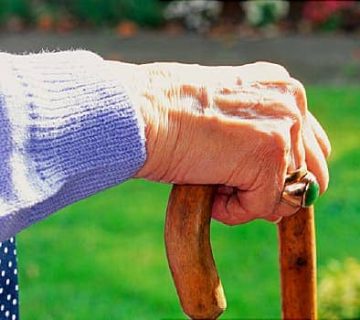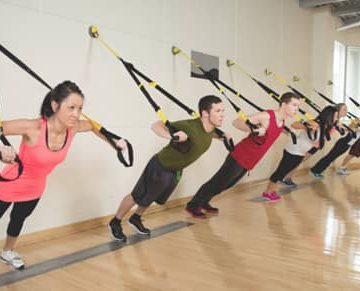The Art of Breathing _ by Kathy Corey
In Return to Life (1945), Joseph Pilates wrote, “Breathing is the first act of life, and the last. Our very life depends on it.” Breath fuels our cells and nourishes our bodies. This all-important delivery of oxygen affects our activity on every level from the simplest daily task to intense physical activity or emotional stress. Breath is vital to the mind body connection.
“Since we cannot live without breathing it is tragically deplorable to contemplate the millions and millions who have never learned to master the art of correct breathing,” Mr. Pilates continues, “Therefore, above all, learn how to breathe correctly.”
Yet, most of the instructions for breathing in the matwork program are very basic, stating only INHALE SLOWLY AND EXHALE SLOWLY for almost all the exercises. Joseph Pilates wrote we need to “… ‘squeeze’ every atom of impure air from your lungs in much the same manner that you would wring every drop of water from a wet cloth.” In order to do this, he suggests, “… when you lie down or when you rise, ‘roll’ and ‘unroll’, your spine exactly in imitation of a wheel, rolling forward and backward. It is this very action of ‘rolling’ and ‘unrolling’ that cleanses your lungs so effectively by driving out the impure air and forcing in the pure air as you ‘roll’ and ‘unroll’.” This process increases oxygenation and provides the proper energy supply to all our cells. It removes toxins and brings oxygen to all of our organs including our most important organ – the brain – which receives one third of the blood flow in the body.
Each of the Master Teachers interpreted these words in a different way and uniquely applied them to their work. They all said Joe had a saying, “you must OUT the air before you IN the air.” But beyond that they did not have specific rules. Each of the Master Teachers developed breathing techniques that suited the way they taught the method.
Bruce King taught me to change the inhales and exhales in the same exercise in order to place the emphasis of the breath in a different area of the lungs to fully cleanse the lungs. In Hug A Tree, I did 3 repetitions inhaling as I brought my arms front and exhaling as they returned to the sides of my body. Then, I did 3 more repetitions exhaling as the arms reached front and inhaling as they returned to the sides of my body. This brought attention to filling and deflating my entire rib cage and brought more awareness to my back muscles helping to assist in promoting better posture through the exercise.
The mechanics of proper breathing were always a part of Carola Trier’s program. She used posterior lateral breathing and would place her hands on the student’s shoulders to see if they were tensing their necks. She also used the Pilates Pinwheel to increase the exhalation while rounding forward.
Romana Kryzanowska taught the Hundred with a 3 count inhale and a 7 count exhale, which is the breathing pattern I use most often in my mat classes. The long exhale promotes the emptying of the lungs which in turn allows the lungs to refill themselves more fully. This also promotes greater attention to the exhalation and supports deeper activation of the abdominal muscles throughout the movement.
Eve Gentry taught me to use the correct amount of breath for the movement. One day in a session with her, she asked me, “why are you using 10 pounds of breath for a 5-pound exercise?” She taught me to allow the breath and movement to be one, to have balance.
Ron Fletcher created Percussive Breathing which grew out of a need for his own body. He wanted to make breathing a very specific action. All of his movements have a precise breathing pattern which have both a sound and a rhythm. He called the breathing the drummer of the movement. His very detailed breathing is a hallmark of his work for better coordination of movement and breath.
Kathy Grant learned over many years of experience that no one rule will fit every situation and that breathing is no exception. “In real life we breathe differently for different movements,” she said. To find the “intricacy of the interior” she placed her hands on the students’ ribcage and used a lateral or accordion breath. She also used humming, whistling or talking (reciting your name address, phone number, etc.) to keep the breath active during the exercise. >From Kathy, I learned to allow the movement to determine the breath – not to force the breath or hold the breath – but to use the right amount of breath for each individual movement.
Mr. Pilates was known to say, “You do not teach a horse to breathe.” A horse has one kind of breath when it is standing still. The horse has another type of breath when is pulling a heavy cart up a hill and the horse has a different breath when it is running a race. This is a natural process. Breath matches movement.
All of these breathing methods are valuable in our teaching. When we allow the muscles to activate the movement and the breath to match the movement, we will not overpower the breath with the movement or overpower the movement with the breath. As breath is our first and last act of life, the quality of each and every breath adds to the quality of each and every life.





No comment